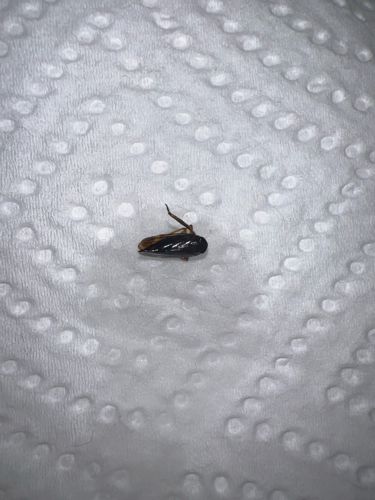Leafhopper
Scientific Name: Various species within the family Cicadellidae
Order & Family: Order: Hemiptera, Family: Cicadellidae
Size: Typically 2 to 15 mm (0.08 to 0.6 inches) in length, though most common species are in the smaller range.

Natural Habitat
Leafhoppers are found in a wide variety of terrestrial habitats where host plants are present, including forests, woodlands, grasslands, agricultural fields, gardens, and urban green spaces. They spend their entire lives on plants.
Diet & Feeding
Leafhoppers are phytophagous, feeding on plant sap by piercing plant tissues with their needle-like mouthparts (stylets). Different species specialize on various host plants, including trees, shrubs, grasses, and crops.
Behavior Patterns
Leafhoppers are typically active during the day, feeding on plant sap. Many species are known for their jumping ability when disturbed. They communicate using substrate-borne vibrations. Nymphs undergo several instars before maturing into winged adults. Some species are migratory.
Risks & Benefits
Risks: Many species of leafhoppers are significant agricultural pests, causing direct damage to plants through sap feeding, which can lead to wilting, stunting, or reduced yield. More importantly, they are vectors of various plant diseases, including viruses, phytoplasmas, and bacteria, which can cause devastating economic losses in crops. Benefits: Some species may serve as food for higher trophic levels, such as birds, spiders, and other predatory insects. They can also play a minor role in nutrient cycling.
Identified on: 8/23/2025